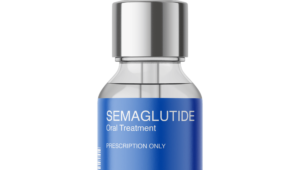
Indoor air quality testing in San Diego is a crucial process that involves examining the air inside a facility to ensure it is safe and healthy for the people inside. In simple terms, it’s like giving your home or office a health checkup to spot any hidden issues that could harm your well-being. This article will guide you through the importance of indoor air quality testing, how it’s done, and ways to address any issues that are found.
Why is Indoor Air Quality Important?
Imagine spending your day in a room filled with invisible pollutants that could make you sick. That’s what can happen if the air quality inside a building is poor. Indoor air quality matters because most of us spend a significant amount of time indoors, whether at home, school, or work. Poor air quality can lead to health problems like allergies, asthma, and even long-term respiratory issues. It can also affect our comfort, concentration, and overall productivity.
Identifying Air Quality Issues
Indoor air quality testing is the first step in identifying any problems. This testing can reveal the presence of pollutants like mold, dust mites, pollen, pet dander, and harmful chemicals from cleaning supplies or building materials. It can also detect carbon monoxide, radon, and volatile organic compounds (VOCs) that are not visible but can be harmful to our health.
Professionals use various tools and methods for testing, including air sampling, which collects air from different parts of a facility to measure the levels of specific pollutants. Another method is using sensors and monitors to track air quality in real time, providing ongoing data about the air we breathe indoors.
Addressing Air Quality Issues
Once the testing identifies any air quality issues, the next step is to address them. Here are some effective ways to improve indoor air quality:
- Ventilation: Increasing the flow of outdoor air into the building can help dilute indoor pollutants. This can be as simple as opening windows or using exhaust fans in areas like kitchens and bathrooms to remove contaminants.
- Air Purification: Air purifiers can remove pollutants from the air. It’s essential to choose one that matches the specific needs of your facility, such as a purifier designed to filter out allergens if allergies are a concern.
- Controlling Humidity: Mold and dust mites thrive in moist environments. Keeping indoor humidity levels between 30% and 50% can help prevent their growth.
- Regular Cleaning: Regular dusting and vacuuming can significantly reduce the amount of dust and allergens in the air. Using a vacuum with a HEPA filter is especially effective at trapping small particles.
- Reducing Chemical Pollutants: Switching to natural or less toxic cleaning and maintenance products can reduce the presence of harmful chemicals in the air.
- Fixing Leaks: Moisture problems from leaks can lead to mold growth. Repairing any leaks promptly is crucial to maintaining good air quality.
Summing up, indoor air quality testing in San Diego is an essential practice for identifying and addressing air quality issues within a facility. By understanding the importance of indoor air quality and taking steps to improve it, we can protect our health and enhance our living and working environments. Remember, addressing air quality issues is not a one-time task but an ongoing commitment to creating healthier indoor spaces for everyone.







